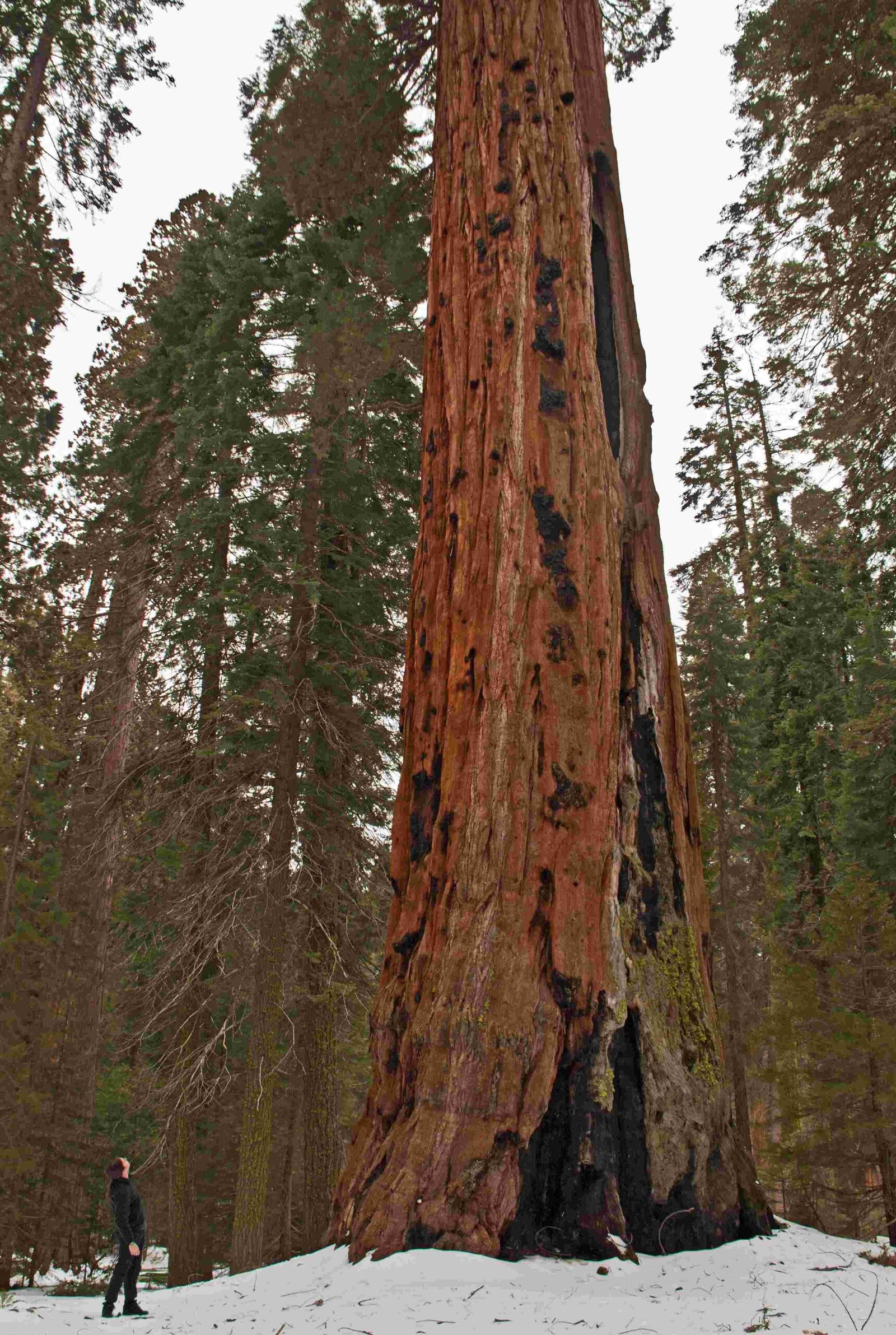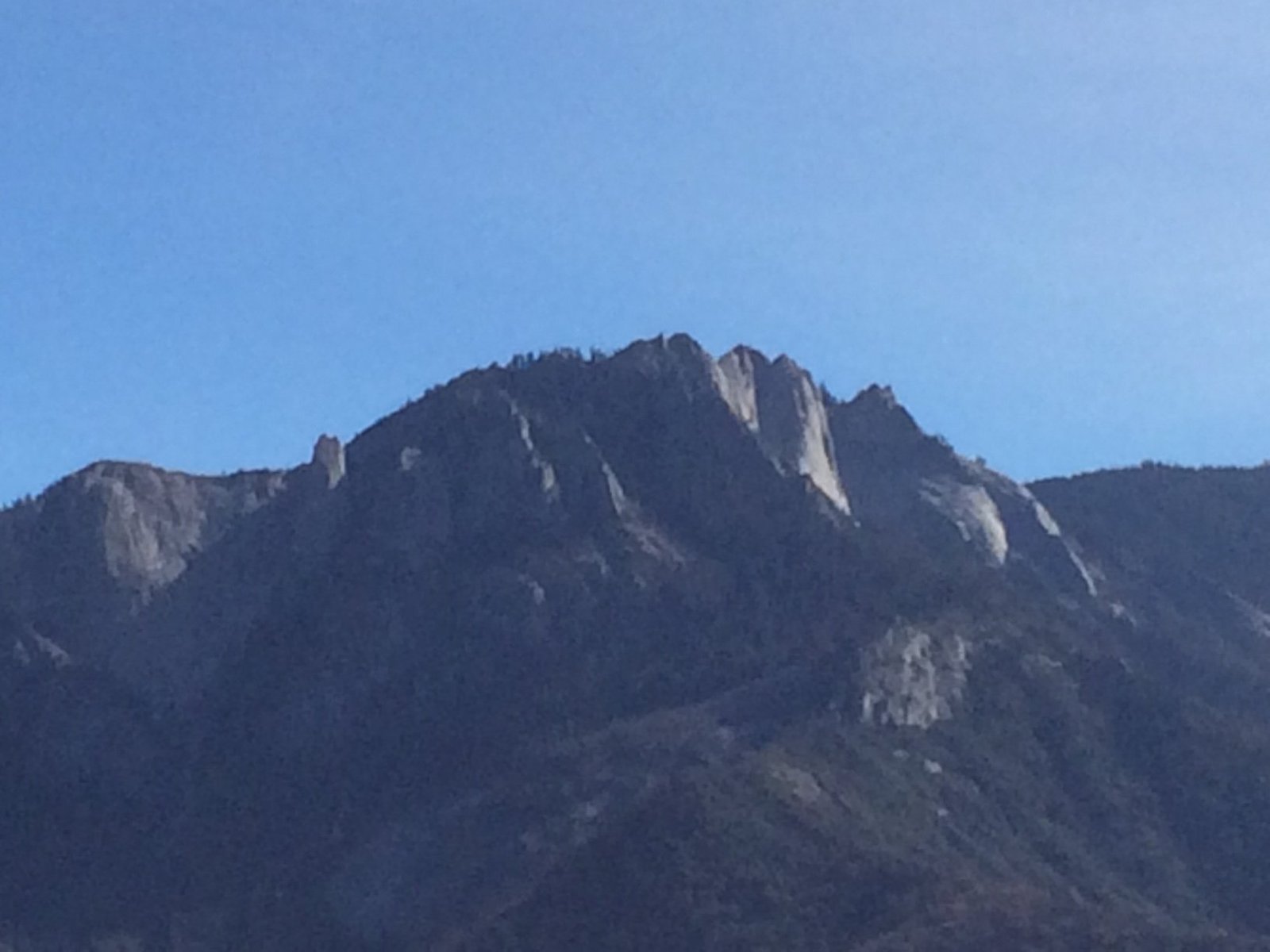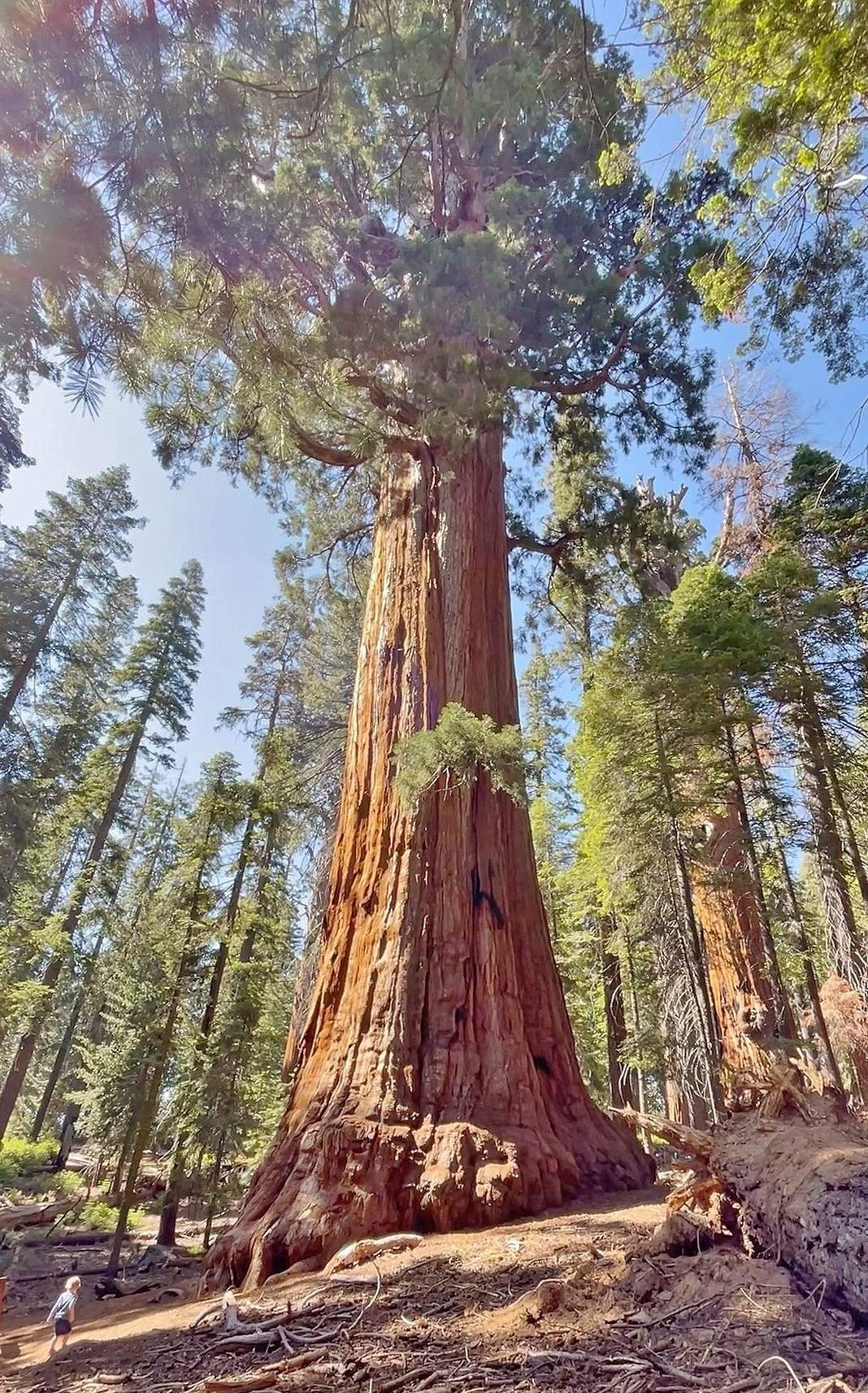Sunset Magazine has long been a trusted source for travel inspiration and practical advice, especially when it comes to exploring the natural wonders of the American West. Their coverage of Sequoia National Park offers readers a blend of awe-inspiring photography, insider tips, and detailed itineraries. This guide draws inspiration from Sunset Magazine’s approach to showcase the best of Sequoia National Park, from its towering giants to hidden gems off the beaten path.
What Makes Sequoia National Park a Must-Visit Destination?

Sequoia National Park, home to the world’s largest trees, offers visitors a chance to walk among giants and experience the majesty of nature on an unparalleled scale. The park’s diverse landscapes, from deep canyons to high alpine meadows, provide a stunning backdrop for outdoor adventures and quiet contemplation alike.
Key Attractions:
- General Sherman Tree: The largest tree on Earth by volume
- Moro Rock: A granite dome offering panoramic views of the Great Western Divide
- Giant Forest: Home to five of the ten largest trees in the world
- Crystal Cave: A marble cavern with stunning formations
When Is the Best Time to Visit Sequoia National Park?

The ideal time to visit Sequoia National Park largely depends on your preferences and the activities you wish to enjoy. Here’s a seasonal breakdown:
| Season | Pros | Cons |
|---|---|---|
| Summer | – Warm weather – All roads and facilities open – Ideal for hiking |
– Crowded – Limited parking – Potential for wildfires |
| Fall | – Cooler temperatures – Fall colors – Fewer crowds |
– Some facilities begin to close – Shorter days |
| Winter | – Snow-covered landscapes – Winter sports opportunities – Solitude |
– Limited road access – Cold temperatures – Some trails closed |
| Spring | – Wildflowers blooming – Waterfalls at peak flow – Mild weather |
– Potential for lingering snow – Some roads still closed |
How Can You Make the Most of Your Visit to Sequoia National Park?
To truly experience the magic of Sequoia National Park, consider these tips:
- Plan ahead: Make reservations for campsites or lodges well in advance, especially for summer visits.
- Start early: Beat the crowds by hitting popular trails and attractions early in the morning.
- Take a guided tour: Rangers offer informative walks that provide deeper insights into the park’s ecology and history.
- Pack appropriately: Bring layers, as temperatures can vary significantly throughout the day.
- Stay overnight: Experience the park’s incredible stargazing opportunities by spending at least one night.
What Are the Must-Do Activities in Sequoia National Park?
Sequoia National Park offers a wealth of activities for visitors of all ages and abilities:
- Hike the Congress Trail: A 2-mile loop that showcases some of the park’s most impressive sequoias.
- Climb Moro Rock: A strenuous but rewarding climb offering breathtaking views.
- Explore Crystal Cave: Take a guided tour of this spectacular marble cavern (advance tickets required).
- Drive the Generals Highway: A scenic route connecting Sequoia and Kings Canyon National Parks.
- Attend a ranger program: Learn about the park’s ecology, geology, and wildlife from expert guides.
Where Are the Best Photography Spots in Sequoia National Park?
For photographers looking to capture the essence of Sequoia National Park, consider these prime locations:
- Tunnel Log: A fallen sequoia that cars can drive through, creating a unique photo opportunity.
- Crescent Meadow: Beautiful wildflowers in spring and summer, with sequoias as a backdrop.
- Hospital Rock: Ancient Native American pictographs and a cascading waterfall.
- Tokopah Falls: A 1,200-foot cascading waterfall at the end of a scenic hike.
- Sunset Rock: True to its name, an excellent spot for capturing the golden hour.
How Can You Practice Responsible Tourism in Sequoia National Park?
Preserving the beauty and integrity of Sequoia National Park is crucial. Here are some ways to be a responsible visitor:
- Stay on designated trails to protect fragile ecosystems.
- Practice Leave No Trace principles by packing out all trash.
- Observe wildlife from a safe distance and never feed animals.
- Use shuttle services when available to reduce traffic and parking issues.
- Conserve water and energy in park facilities.
What Should You Know About Camping in Sequoia National Park?
Camping in Sequoia National Park offers a immersive experience in nature. Here’s what you need to know:
- Reservations are required for most campgrounds during peak season.
- Bear-proof food storage is mandatory in all campgrounds.
- Campfires are only allowed in designated fire rings and may be restricted during dry periods.
- Some campgrounds offer ranger programs in the evening.
- Backcountry camping requires a wilderness permit.
How Can You Prepare for Altitude and Weather Changes in Sequoia National Park?
Sequoia National Park’s elevation ranges from 1,370 to 14,494 feet, which can affect visitors in various ways:
- Acclimate gradually: Spend time at lower elevations before ascending to higher areas.
- Stay hydrated: Drink plenty of water to combat the effects of altitude.
- Protect your skin: Use sunscreen and wear a hat, as UV exposure increases with altitude.
- Be prepared for rapid weather changes: Pack layers and rain gear.
- Watch for signs of altitude sickness: Headache, nausea, and dizziness are common symptoms.
By following these guidelines and drawing inspiration from Sunset Magazine’s approach to exploring Sequoia National Park, visitors can create unforgettable memories while respecting and preserving this natural wonder for future generations.

